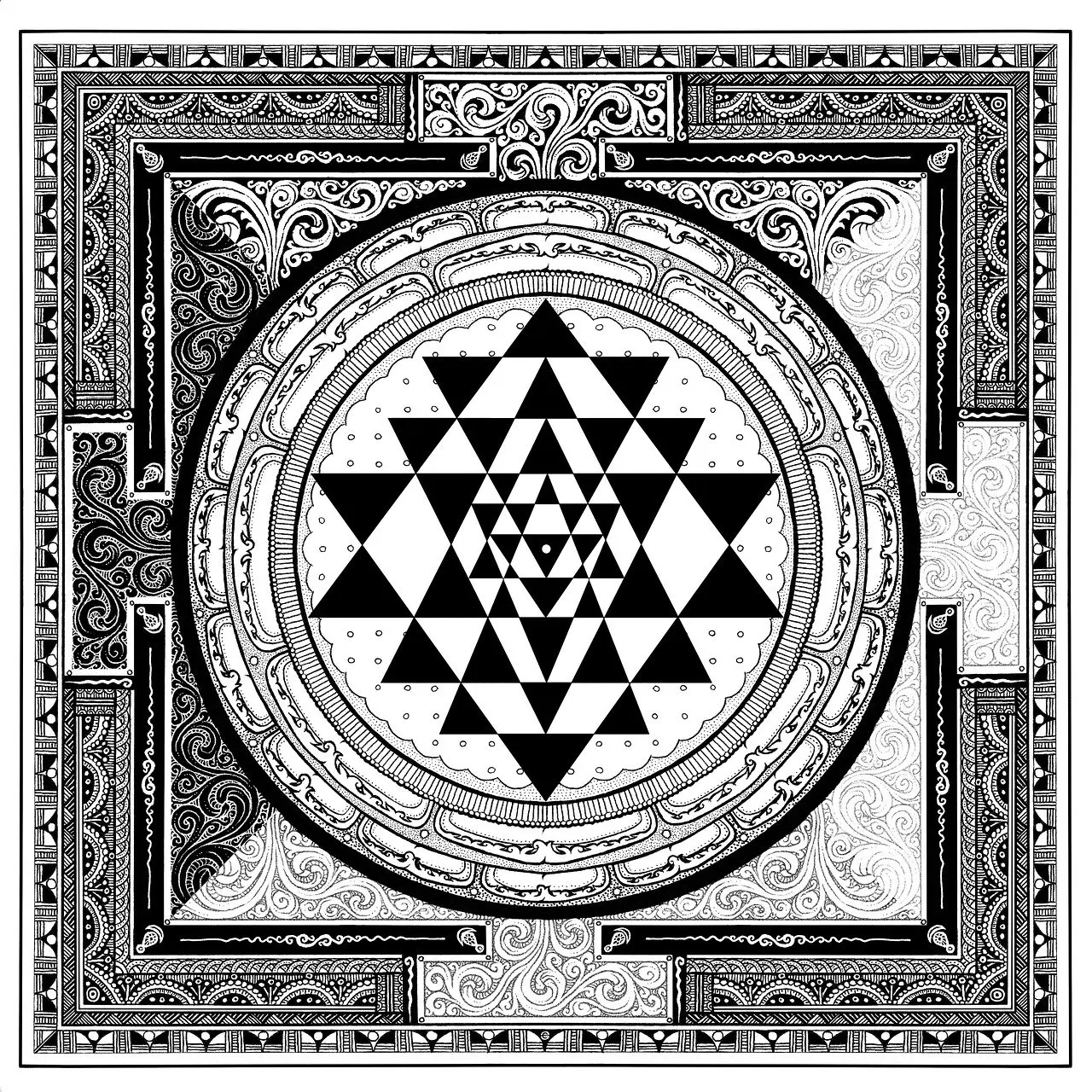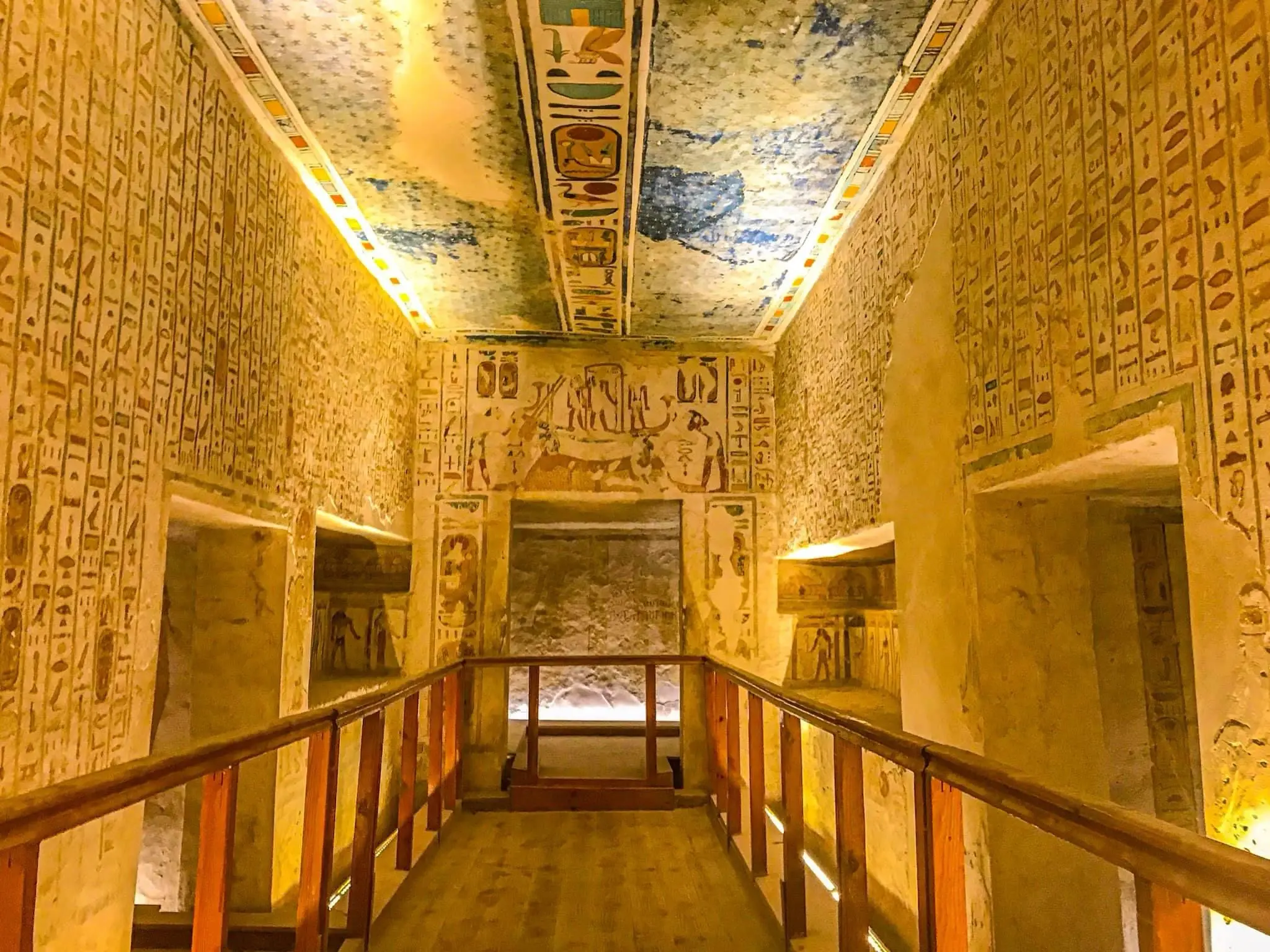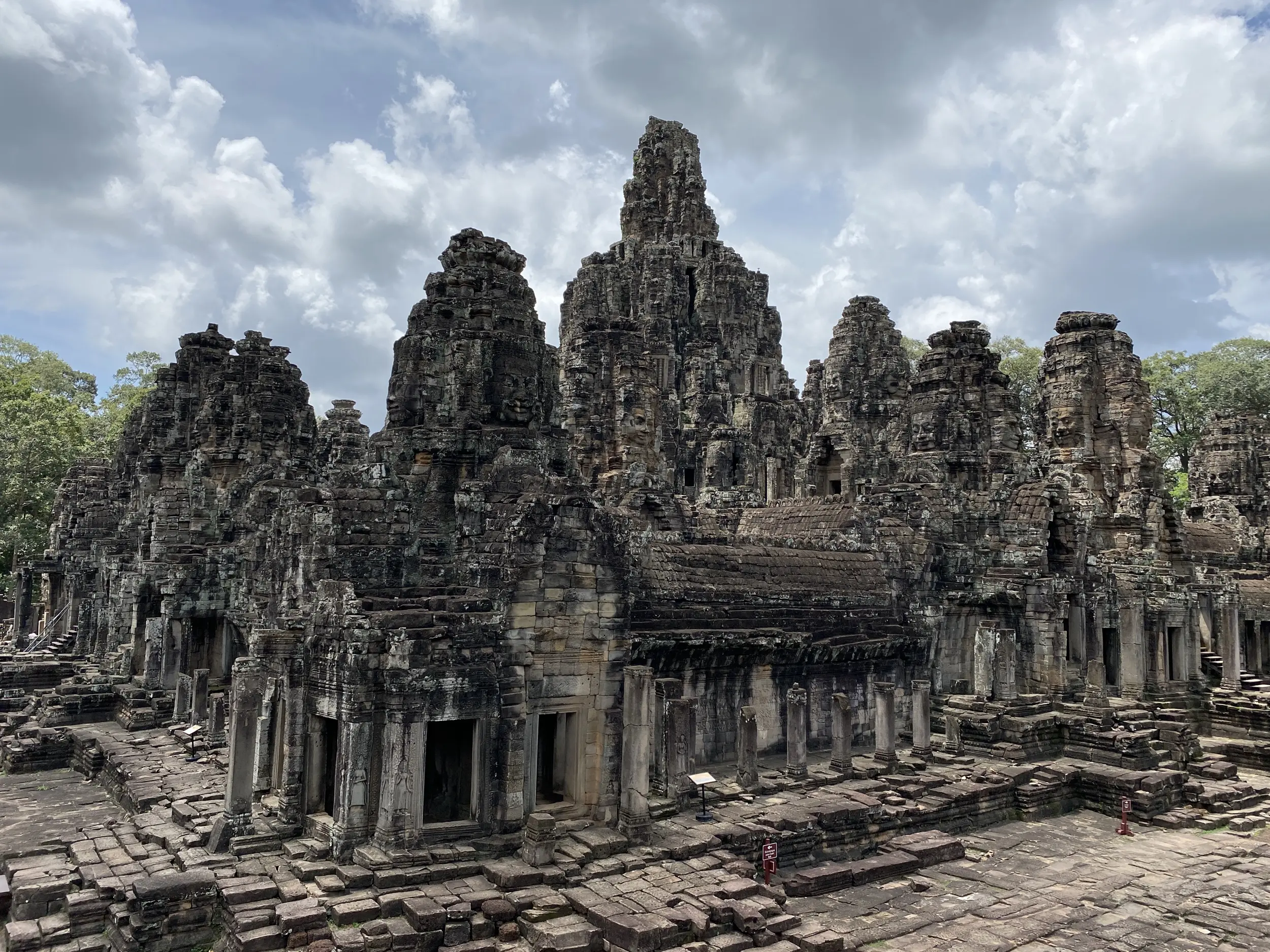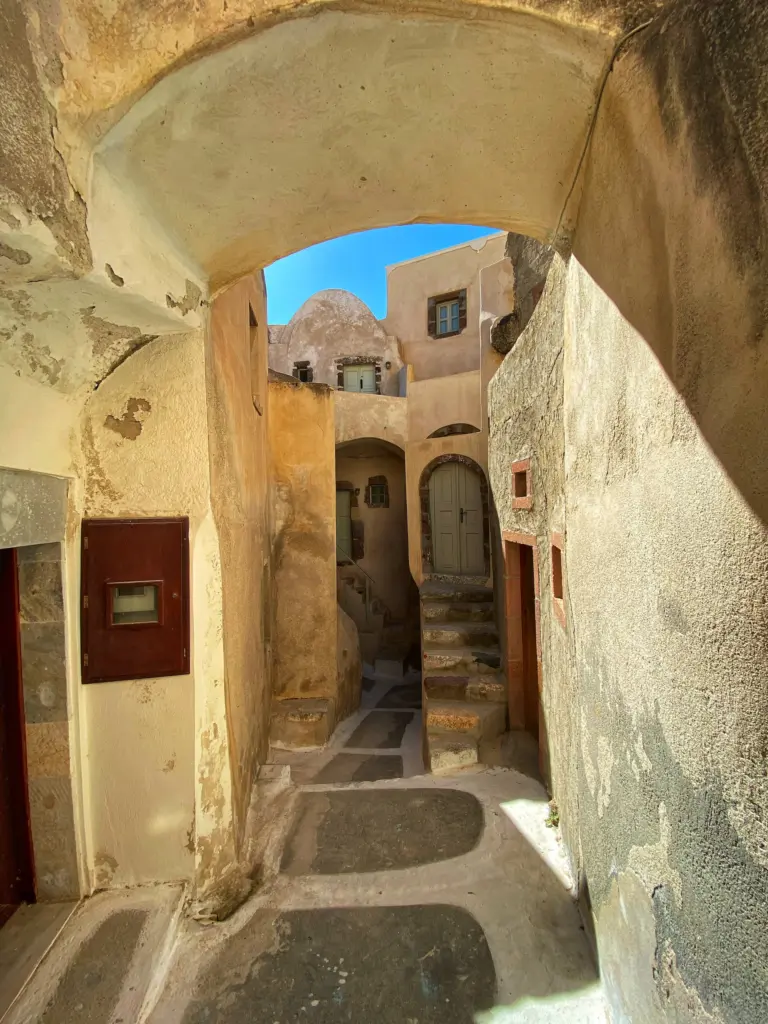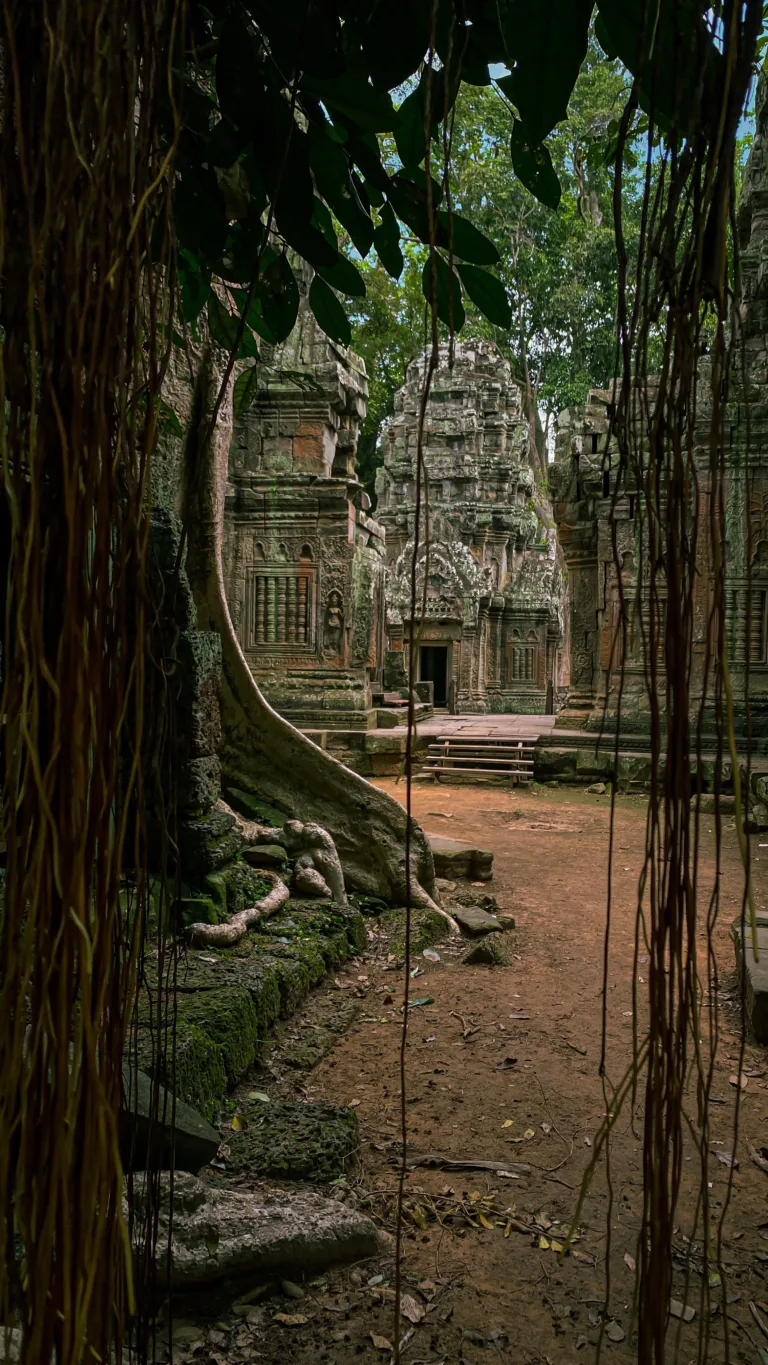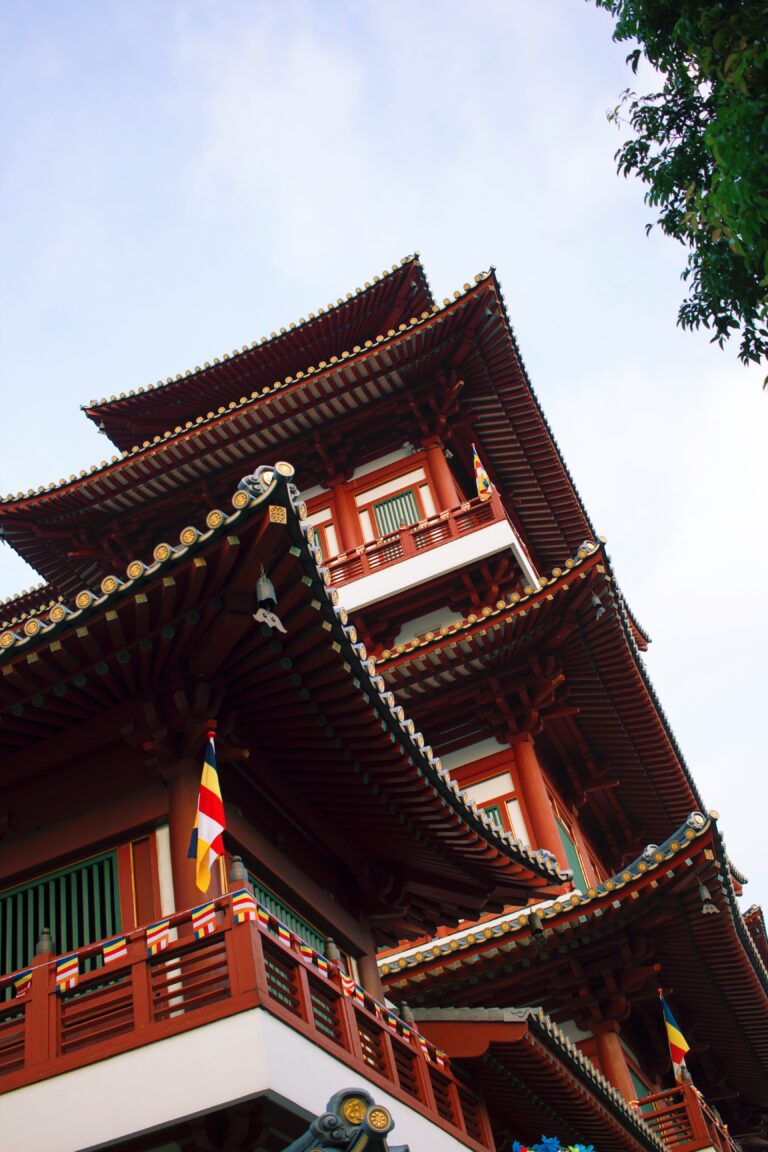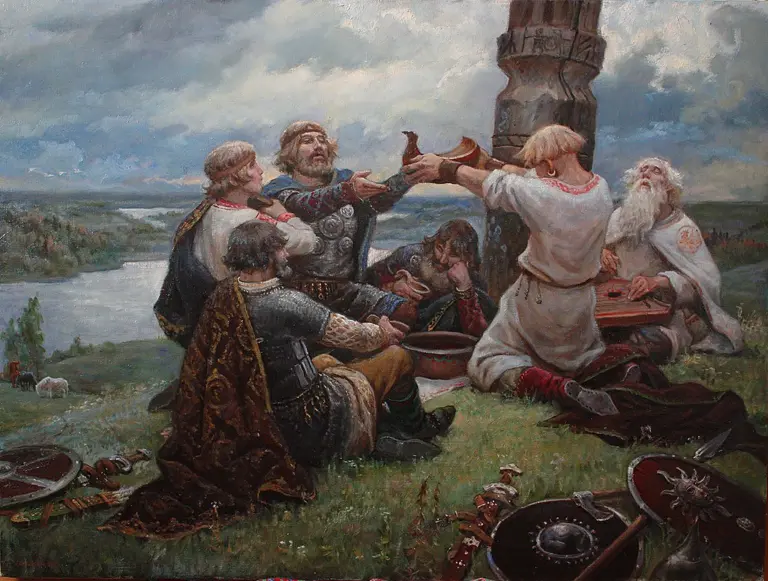When it comes to understanding the big questions of life and the universe, two ideas often come to the forefront: Brahman and the Tao.
Each has its roots in ancient traditions, one from India and the other from China, but both try to explain what’s at the very core of our existence.
What makes these concepts especially intriguing is how they approach the idea of “ultimate reality”. Are they similar in their essence? Or do they offer entirely different perspectives on life’s most profound questions?
In this article, we’re going to explore both Brahman and the Tao, diving deep into their origins, meanings, and the ways they influence life. We’ll look at what sets them apart and what might bring them together.
By the end, you’ll have a clearer understanding of these two ancient ideas and the significance they hold in today’s world. Let’s dive in.
Table of Contents
ToggleOrigins of Brahman and the Tao
Origin of Brahman
The concept of Brahman has its roots in the earliest spiritual teachings in India:
- Vedas: The oldest Hindu scriptures, the Vedas, date back to around 1500 BCE to 500 BCE. Among the four primary Vedas, the Rigveda often touches upon the cosmic principle, giving hints of an all-encompassing reality, which later develops into the idea of Brahman.
- Upanishads: As spiritual thought progressed, the Upanishads emerged around 800 BCE to 400 BCE. Here, the idea of Brahman solidified. It was portrayed as the ultimate reality, the boundless force behind everything, transcending physical and mental realms.
Origin of the Tao
To comprehend the depth of the Tao, we venture into the philosophical musings of Taoism:
- Tao Te Ching: Often considered the foundational text of Taoism, the Tao Te Ching, which can be translated as “The Book of the Way and its Virtue.” The text’s emphasis on simplicity, humility, and harmonious living has not only shaped Taoist thought but also influenced other major Chinese philosophies, including Confucianism and Buddhism. The Tao, as presented in the Tao Te Ching, speaks of an ineffable quality, a principle that drives the universe and its many manifestations.
Core Concepts of Brahman and the Tao
What is Brahman?
Brahman is the foundational concept in Hinduism representing the ultimate, unchanging reality amidst and beyond the world. While everything we perceive through our senses is subject to change, Brahman remains constant. Here are some defining characteristics of Brahman:
- Omnipresent: Brahman exists everywhere and in everything. It’s the underlying reality that pervades the universe.
- Immutable: Unlike the physical world which undergoes birth, change, and decay, Brahman remains unchangeable and eternal.
- Ineffable: Brahman is beyond human comprehension and can’t be fully grasped by our intellect or described by our language. It is tried to be represented through various symbols such as Om and the Sri Yantra.
- Source of All: All things, living or non-living, manifest from Brahman and dissolve back into it.
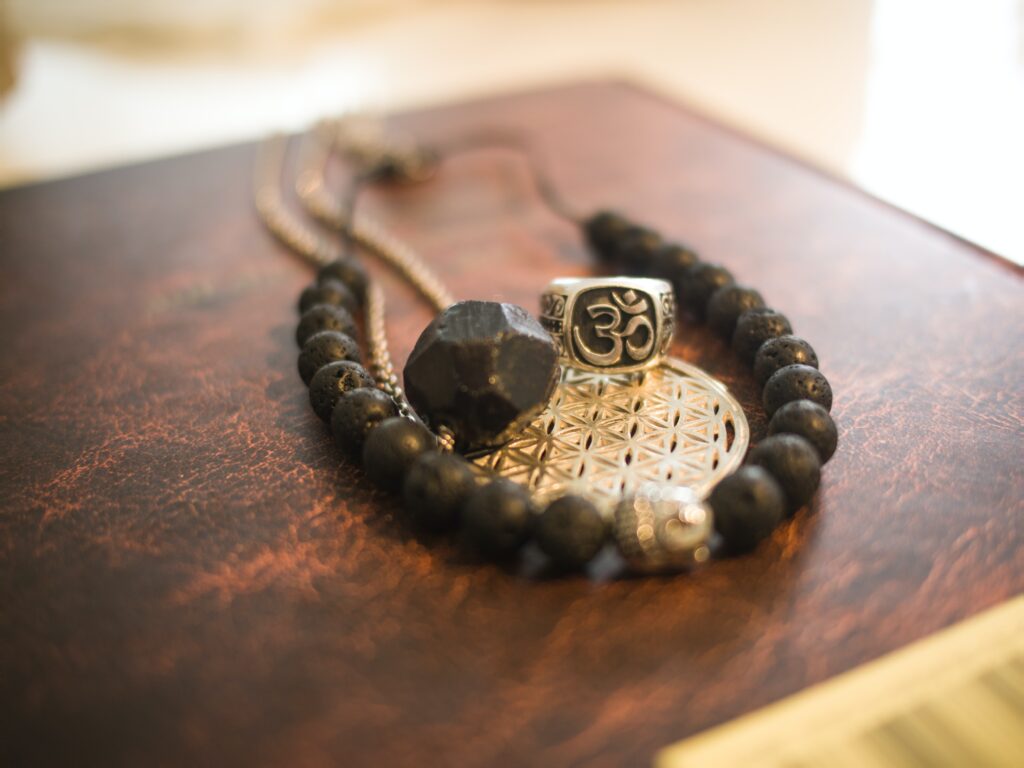
When trying to understand Brahman, Hindu sages often delineated it in two perspectives:
- Nirguna Brahman: Translating to “Brahman without attributes,” this perspective views Brahman as an impersonal, formless entity. It’s beyond human comprehension, having no characteristics that we can grasp.
- Saguna Brahman: In contrast, Saguna Brahman, or “Brahman with attributes,” is Brahman conceived with form and qualities, more accessible to human understanding. It is often how deities like Vishnu, Shiva, and Durga are envisioned. They are all manifestations of the same underlying reality but provide a tangible way for devotees to connect with the divine. Which is why we have the age-old question, “Is Hinduism Monotheistic or Polytheistic?”
Atman, the individual soul, is often regarded as a spark of the vast Brahman residing within every living being. The Chandogya Upanishad uses the phrase “Tat Tvam Asi” (Thou art That) to emphasize the deep connection between Atman and Brahman. This relationship suggests that at the most fundamental level, the individual self (Atman) and the universal reality (Brahman) are one.
The journey of spiritual seekers in Hinduism often revolves around realizing this profound truth, discerning the unity of Atman with Brahman, and thereby transcending the cycle of birth and death.
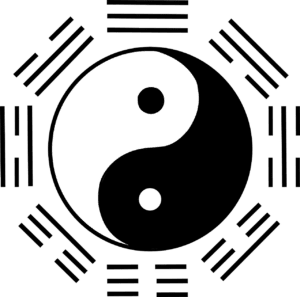
What is the Tao?
The Tao, typically translated as “the Way,” is the fundamental principle that is the source of all existence, yet it doesn’t exist in the way tangible objects do. Here are its key attributes:
- Formless and Nameless: The Tao is beyond form, beyond description, and beyond names. It’s a principle that can’t be encapsulated by words but can be experienced.
- Eternal and Unchanging: While the world undergoes cycles of change, the Tao remains constant. It has no beginning and no end.
- Source of All: Every manifestation in the universe emerges from the Tao and returns to it. The Tao flows through everything, giving life and order.
“The Tao that can be told is not the eternal Tao.” This famous opening line from the Tao Te Ching encapsulates the elusiveness of the Tao. Just as water takes the shape of its container but remains unchanged in its essence, the Tao remains indefinable.
Any attempt to describe it, box it into definitions, immediately limits its boundless nature. Thus, Taoism often uses paradoxes, suggesting that true understanding arises from experience rather than intellectual grasping.
How are Brahman and the Tao Similar?
As you may have noticed by now, Brahman and the Tao draw many similarities with each other.
Here are some characteristics that align from both concepts:
Ineffablility
Both Brahman and the Tao transcend linguistic encapsulation. They are not just mere concepts but represent the ineffable essence of existence itself.
Brahman, as we’ve noted, is often beyond comprehension, an ultimate reality that is formless (Nirguna Brahman).
Similarly, the Tao’s nature is elucidated by the saying, “The Tao that can be told is not the eternal Tao.”
In both traditions, it encapsulates the idea that some truths are so profound they can’t be confined to mere words but must be directly experienced.
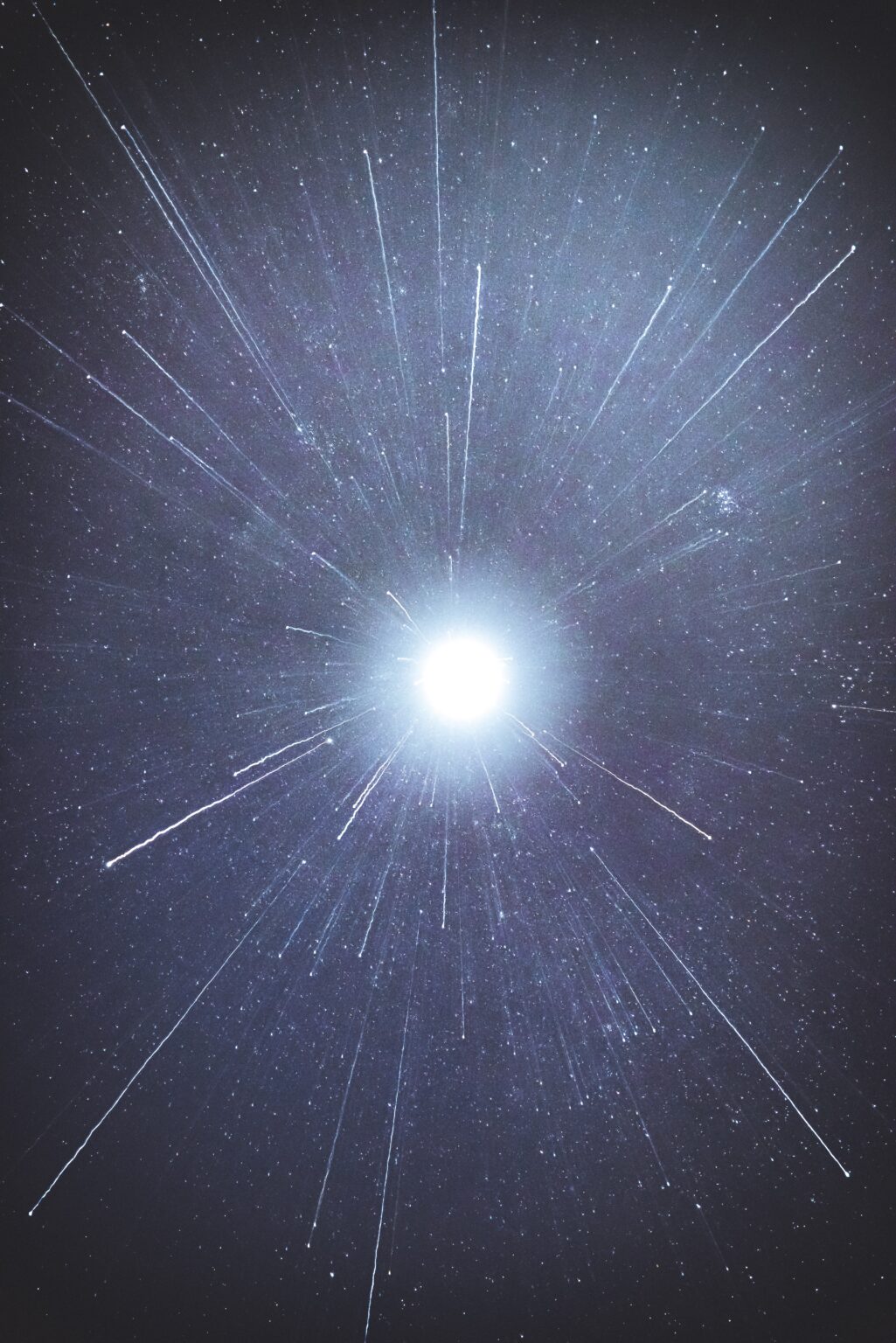
Ultimate Reality
Brahman is the underlying reality amidst and beyond the world, the eternal foundation from which everything emerges and to which everything ultimately returns.
The Tao, in its turn, is the source of all existence, the fundamental principle that gives rise to all forms of life and governs their interactions. It is both the way of nature and the method to align with that way.
End Goal
Brahman forms the crux of Hindu metaphysics. It is the cosmic thread that connects various schools of thought and spiritual practices within Hinduism. Realizing one’s unity with Brahman is often the end goal of Hindu spiritual practice whether it’s through yoga or meditation.
The Tao, similarly, forms the backbone of Taoism. It guides the ethics, practices, and worldview of its followers. Living in harmony with the Tao is the primary aim for a Taoist, reflecting in practices like meditation, Tai Chi, and the principle of Wu Wei.
What is the Difference Between Brahman and the Tao?
Though they might seem similar at first glance, diving deeper into Brahman and the Tao, we can still find nuances and certain distinctions:
Brahman
Conceptual Perspectives
- Brahman is perceived as the absolute, unchanging reality. It’s not merely a principle but also consciousness.
- Everything emanates from Brahman, exists within Brahman, and eventually returns to Brahman. Thus, it’s both the efficient cause (the creator) and the material cause (the substance) of the universe.
End Goal
- Realizing one’s true nature as Brahman and shedding the illusion (Maya) of separateness leads to liberation (Moksha). This liberation is freedom from the cycle of birth, death, and rebirth (Samsara).
Cosmology
- Hindu cosmology often involves cycles of creation, preservation, and dissolution overseen by the trinity of gods: Brahma (the creator), Vishnu (the preserver), and Shiva (the destroyer).
- This cyclical view by the triad, tied with the concept of karma and rebirth, suggests an eternal play of cosmic forces.
Deities
- Which brings us to the another point. Deities play a significant role in Hinduism. Different sects might prioritize different gods or goddesses as manifestations of Brahman.
- Rituals, offerings, and worship (Puja) are integral to Hindu practice, fostering a devotee’s connection with the divine and their understanding of Brahman.
The Tao
Conceptual Perspectives
- Taoism views the Tao as the ultimate principle governing the universe. It’s more of a ‘way’ or ‘path’—a flow or natural order that one aligns with.
- Unlike Brahman, which is conscious, Tao is neutral, not favoring good or evil but simply flowing and existing.
End Goal
- Taoism doesn’t focus on an end-goal like Moksha. Instead, it emphasizes a continuous journey of aligning oneself with the Tao. It’s about harmonizing with the natural order of things, thus ensuring a balanced, peaceful life.
Cosmology
- Taoism doesn’t personify cosmic forces in the same manner. The Tao gives rise to the One (unity), the One leads to the Two (duality: Yin and Yang), and the Two gives rise to the myriad things of the universe.
- This cyclical interplay between Yin and Yang, maintains the natural order of the universe
Deities
- While Taoism has its pantheon of deities, especially in religious Taoism, the emphasis remains on the abstract concept of the Tao.
- Rituals in Taoism are often about aligning with the Tao, with less focus on worshiping specific deities.
Is Brahman or the Tao the same as God?
Another popular question that always arises when it comes to the ultimate reality is whether the monotheistic God such as God from the Abrahamic traditions (Christianity, Islam, and Judaism) is the same with Brahman or the Tao.
For the former, while there are parallels between Brahman and a monotheistic God in terms of omnipresence and omnipotence, Brahman’s often impersonal nature distinguishes it, though it does manifest in personal forms (like Vishnu or Shiva) drawing it closer to the conventional notion of God if you choose to look at it that way.
On the other hand, unlike the proactive, personal God of monotheistic religions, the Tao is passive and impartial. It lacks will and consciousness and doesn’t intercede in the world in the manner many monotheistic deities might.
Equating the Tao to a personal deity totally misrepresents its essence.
In monotheistic traditions, God is typically seen as an all-knowing, all-powerful entity, personal in nature, interacting with His creations and possessing expectations of humanity.
While Brahman, Tao, and the monotheistic God share some similarities as fundamental realities in their respective traditions, their philosophies, attributes, and roles are distinct.
Equating them directly simplifies their profound intricacies. Each offers a unique lens on divinity, existence, and cosmic nature, deserving understanding within its own cultural and philosophical backdrop which is what most of the other articles in my blog tries to do.
I hope you enjoyed reading this article and have some clear takeaways!

